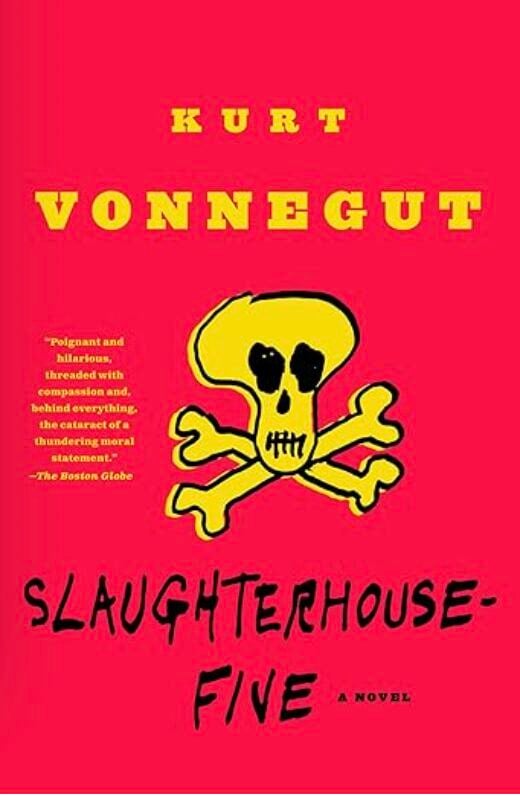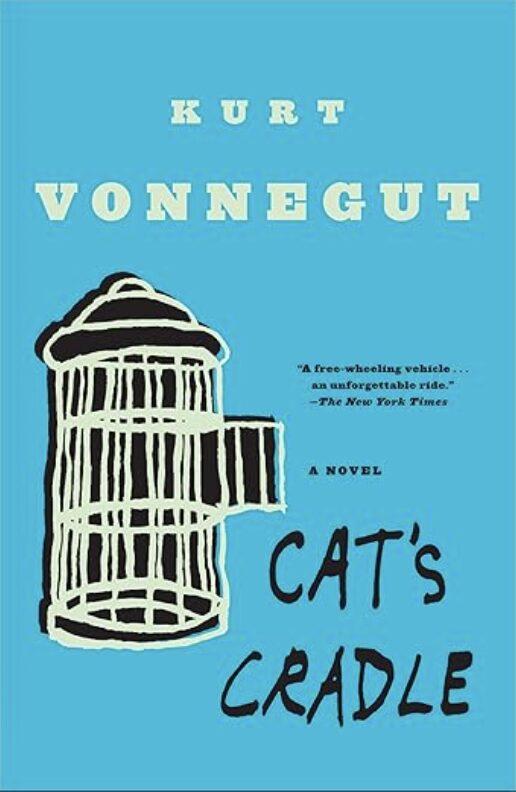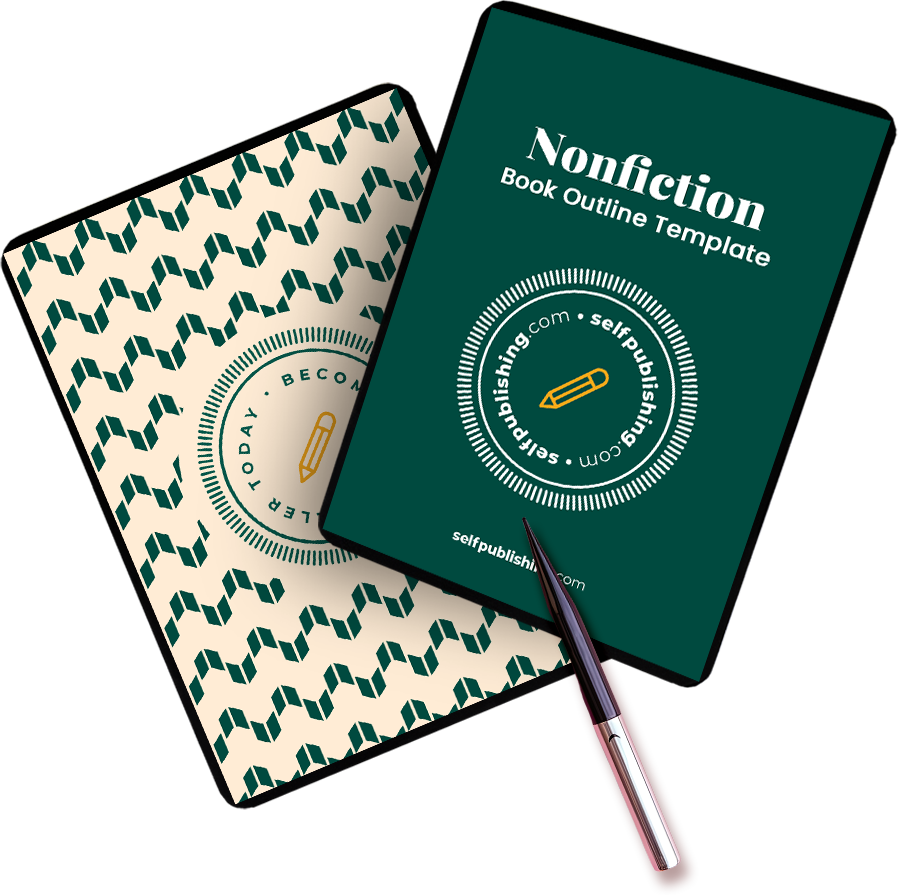If you have wondered how to write like Kurt Vonnegut, we will be covering some of the biggest lessons writers can learn from this iconic author.
Kurt was known for his satirical novels that included postmodern techniques. It gave him a prolific career and a unique style that made him stand out. He was also not afraid to tackle political and moral issues head-on in his books.
While every write should have their own style and things that make them unique, there is quite a bit writers can learn from the famous authors to bring into their own careers.
A Primer On Kurt Vonnegut And His Style
If you do not know Kurt Vonnegut’s most famous books, they include Slaugerhouse-Five, Cat’s Cradle, Player Piano, and more famous titles and books.
His writing style was very unique in a lot of ways and it is one that many writers across the world study in order to get inspiration for their own work.
He had no desire to shy away from the political and moral issues facing the world and bringing those themes into his books.
He also pulled from his own life and brought his experiences into his books. One of the most well-known is when he was a prisoner of war during World War II. As a survivor of the Dresden Bombing, you can see this experience reflect in Slaughterhouse Five.
How To Write Like Kurt Vonnegut
1. Read and follow his top tips for writing a book
Kurt published a list of rules that he thinks every single author should abide by. It is an inspiring list and one you might consider printing out so you can have it by your desk to inspire you as you start to write.
Keep in mind, these are just his rules and suggestions and you can do whatever you choose to with your own writing style.
Let’s dive into his suggestions:
- Use the time of a total stranger in such a way that he or she will not feel the time was wasted.
- Give the reader at least one character he or she can root for.
- Every character should want something, even if it is only a glass of water.
- Every sentence must do one of two things—reveal character or advance the action.
- Start as close to the end as possible.
- Be a sadist. No matter how sweet and innocent your leading characters, make awful things happen to them-in order that the reader may see what they are made of.
- Write to please just one person. If you open a window and make love to the world, so to speak, your story will get pneumonia.
- Give your readers as much information as possible as soon as possible. To hell with suspense. Readers should have such complete understanding of what is going on, where and why, that they could finish the story themselves, should cockroaches eat the last few pages.
— Kurt Vonnegut: Bagombo Snuff Box: Uncollected Short Fiction
2. Keep your writing short and focused
One of the things Kurt Vonnegut was known for was his minimalist and dry writing.
His sentences were short and to the point and he took out anything too extra or over the top.
Of course, you will develop your own style but it can also be a fun challenge to see how short you can make your sentences while still getting your main point across.
Every time you write a page, go through it with a detailed editing eye and see if you can remove more sentences or paragraphs while keeping your story flowing.
You might decide to use more creative writing moving forward, but at least you will understand how to
3. Find a message
If you really want to get close to writing in Kurt Vonnegut’s style, you will have to find a deeper message you are trying to convey in your work.
For example, Slaughterhouse Five has a deeper message about the morality of war and how it can hurt people on an individual level.
Most of his books had points to be made about morality, ethics, and talking about what is right or wrong. So, you can absolutely draw inspiration from his writing style, but know that his writing style also had a purpose of conveying a deeper message.
As you write, think about if you are trying to say something more than just your story. What do you want people to take away from your book? What deeper message do you want them to know and understand?
4. Learn to use satire
One of the most well-known part of Kurt Vonnegut’s writing is the use of satire to convey a message and a point.
Not every writer is comfortable using satire or knowing how to include it in their work. If you have not taken the time, you should practice using satire.
You might not decide to keep satire in your writing often but you will at least understand how it works and what you need to know about how to use it when you can.
Most Famous Kurt Vonnegut Books And Why They Were Popular
Let’s take a look at some of his most popular books and analyze why they were famous books along with what you can learn from each one.
Slaughterhouse Five

Slaughterhouse Five is one of Kurt Vonnegut’s most famous books.
As mentioned earlier, it is influenced by his first-hand account of the bombing of Dresden in Germany. A lot of the book is based on the idea of the moral implications around war and the choices that are made throughout it.
Knowing that he saw things first hand and survived this, it gives you more of an understanding of how he wrote this novel and was able to write about such a heavy story.
Cat’s Cradle

Cat’s Cradle is a satirical commentary on modern man and his madness. It is a particularly creative book that once again, explores deeper issues around technology, science, and religion. It uses morbid humor to tell the story and drive the main points home.
Player Piano

Player Piano is about an engineer, Paul Proteus, who must learn to survive in a world run by a computer and accompanying machines. It is a funny book that discusses serious topics with a dose of feeling a little too real.
Our nonfiction book outline template can help make sure you do not miss a certain part of your book as you put it together.
This template is easy to download and use. It outlines the acknowledgement page, table of contents, author bio, and more to make sure your book is ready to go.
